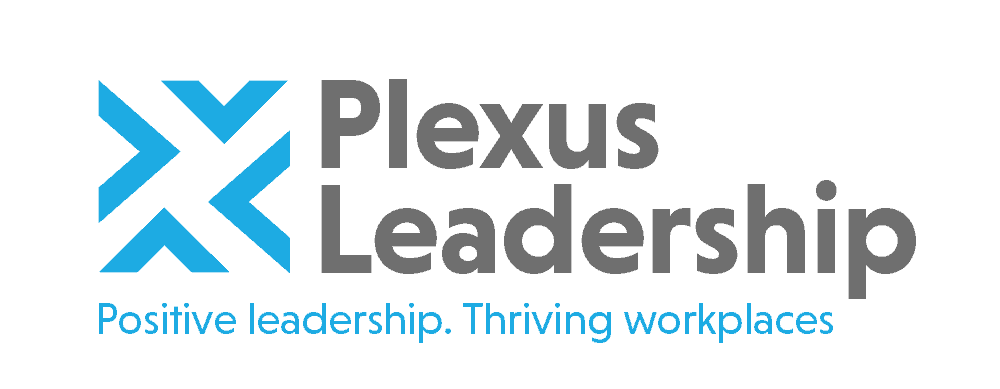Leaders are increasingly having to make tough decisions at pace with limited or ambiguous data. A whole host of factors, including technological advancement, market shifts, shifting employee demographics and fast-changing customer preferences are making the decision context more volatile, uncertain and complex. And all this is happening against a backdrop of increasingly demanding shareholders and investors meaning that leaders have less margin for errors, setbacks and mistakes. So how can executives and leaders improve the quality of their decisions in these volatile times?
Decide clear decision criteria
Far too few leaders establish a clear set of decision criteria at the outset of the decision-making process. Taking time to do this in advance of the debate on options and alternatives helps keep the conversation focused on the major priorities. It also reduces scope for subjectivity and hijacking of the debate by outspoken team members who are opposed to a particular course of action.
Criteria can vary widely, however, usually encompass factors such as alignment with strategic goals, cost, revenue, impact on staff, effort to implement, etc. If executives feel that some factors are more important than others and should therefore be prioritised, criteria can be weighted, or rank ordered
Involve employees with the best expertise
Many executives and leaders still rely too much on their own opinions and experiences when making critical decision. They don’t involve key staff closest to the problem or those in regular contact with customers who have in-depth insights into their opinions, concerns and needs. This can undermine the quality of decision-making and present unnecessary risks for not only the company, but also the executives involved. Engaging subject matter experts within (and sometimes outside) the organisation is therefore key. Questions to ask include:
- Who is closest to the problem or customer?
- How can we get candid input from these people?
- What will we do to ensure they feel they can talk openly and critique our views and ideas honestly?
- What specific questions do we have for these people?
- How can we ensure their input is properly evaluated and reported, minimising biases from those collecting the data?
- Do we need to bring a key subject matter expert into the meeting to present and/or talk through the options before a decision is made?
Develop scenarios
Scenario planning is a powerful decision-making tool, especially for strategic decision-making. Yet it appears to be rarely used by top teams today. Leaders can benefit hugely by considering how different options will impact their business goals. Most scenario planning approaches involve developing a worst case, a likely case and a best-case scenario. One these scenarios have been developed, the team can test their assumptions underpinning each scenario and consider the actions needed to achieve an outcome as close as possible to the best case. Of course, they should also consider ways to avoid the worst-case scenario.
Conduct a risk assessment
Too many leaders still approach decision-making through ‘rose-tinted glasses’. They are overly optimistic about the outcome of their decision and are surprised when things don’t go to plan. The extremely high proportion of M&A failures illustrates this pitfall. A robust assessment of the likely risks of key decisions is vital in order to fully understand the implications. Good risks assessments should be undertaken with an independent facilitator or person outside the executive team to minimise the likelihood of subjectivity and other decision biases. These include groupthink, the practice of making decisions as a group without challenge and sufficient debate leading to poor quality decisions. A robust assessment of risks should consider all the risks that may arise from the decision, the likelihood of them happening and ways to mitigate or tackle risks if they arise.
Ensure you have the talent to execute effectively
In the great book, Trillion Dollar Coach, the authors note that famous coach Bill Campbell, who helped build some of Silicon’s Valley’s greatest companies, including Apple and Google, stressed the importance of asking questions about the talent and capabilities of the team needed to implement the solution. Questions like “Who is working on the problem?”, “Is the right team in place?” and “Does the company have the right team needed to succeed?” are crucial to ensure the organisation can implement the decision effectively. For example, if the company decides to move into E-commerce or shift to AI-based based customer-service technologies, it needs to first ensure it has the people and capabilities to implement the decision effectively otherwise the proposed solution will fall over at the execution stage.
Agree a communication plan
Top teams and leaders often set aside insufficient time to discuss how big decisions will be communicated. They make the decision and expect all members of the team to be aligned around exactly what has been decided and how it will be communicated. Of course, this leaves the door open for subjective interpretation of what has been agreed. It also presumes that leaders will explain the decision and rationale behind the it in a similar manner, something we rarely see in practice. This lack of alignment around communication can undermine employee buy-in, trust in the top team and implementation success. These risks can be mitigated by leaders ensuring there is time to discuss communication regarding all crucial decisions impacting employees. Questions that should be asked include:
- What message do we want to communicate?
- What is the rationale for the decision?
- When should the message be communicated?
- How should it be communicated?
- What specific employee/stakeholder concerns are likely to arise? How will we respond to these?
- How will we measure the success of the communication?
Be courageous
As Peter Drucker, the business guru and ‘father of management” stated: “Wherever you see a successful business, someone once made a courageous decision.” Leaders need to have the courage to make tough decisions with incomplete and imperfect information that is changing constantly. They need to be curious enough to develop foresight about how the future is changing, including understanding disruptive technological advances and the impact of other megatrends and forces. Courage involves looking at the evidence and options you have at the time and following your convictions to initiate action and progress, even in the face of powerful critics and naysayers. It means accepting that mistakes are unavoidable, especially when risks and complexity are high, and that success sometimes involves multiple setbacks. However, great leaders recognise that decisions that don’t work out can be changed and iterated as circumstances shift; most are not irreversible.
However, courage doesn’t mean making overhasty, subjective and rash decisions. By applying the 7 principles above, leaders and top teams can ensure their decisions are prudent, evidence-based and executable, as well as courageous and decisive when they need to be.
Other Posts

About the Author
James Brook
Founder and MD | Leadership Consultant | Organizational Psychologist
James is a leadership consultant, organizational psychologist and executive coach. He has over 25 years’ experience working with leaders, teams and organizations globally to optimize their performance, talent and future success. He specializes in positive leadership, thriving workplaces, collaboration and influencing, organizational change and transformation, accelerating innovation and coaching executives and leaders in innovative sectors including Tech, Digital, E-commerce and Life Sciences.
Before setting up Plexus Leadership, James held leadership roles in HR and Talent Management in the UK and abroad with companies such as NatWest, Yahoo! and Novo Nordisk Pharmaceuticals. After this, he founded and led several talent and leadership consulting and assessment businesses, including Strengthscope®, an online strengths assessment and development business serving a wide range of UK and global clients. James grew this venture into a global market leader before selling the business in 2018.
James has supported, advised and coached leaders and teams globally across diverse industries and geographies. Clients he has worked with include Allen & Overy, Commvault, Equinor, Facebook, GSK, Hilton, John Lewis, Novartis Pharmaceuticals, NHS, Oracle, Sainsbury’s, Swiss Re, Tesco, Takeda Pharmaceuticals, WSP and Yahoo!.
James has a Master’s in Organizational Psychology, an MBA, an Advanced Diploma in Executive Coaching and a Harvard Business qualification in Sustainable Business Strategy. He is a member of the Institute of Directors, the Association of Business Psychologists and a Fellow of the Chartered Institute of Personnel and Development (FCIPD). He is currently undertaking a PhD in Organizational Psychology examining the start-up experiences of Tech and Digital entrepreneurs.
James is a regular contributor and speaker on leadership, coaching, innovative talent management and the future of work. His most recent book, Optimize Your Strengths, explores how leaders can create thriving workplaces by inspiring and supporting people to optimize their potential and teamwork to deliver breakthrough results.





